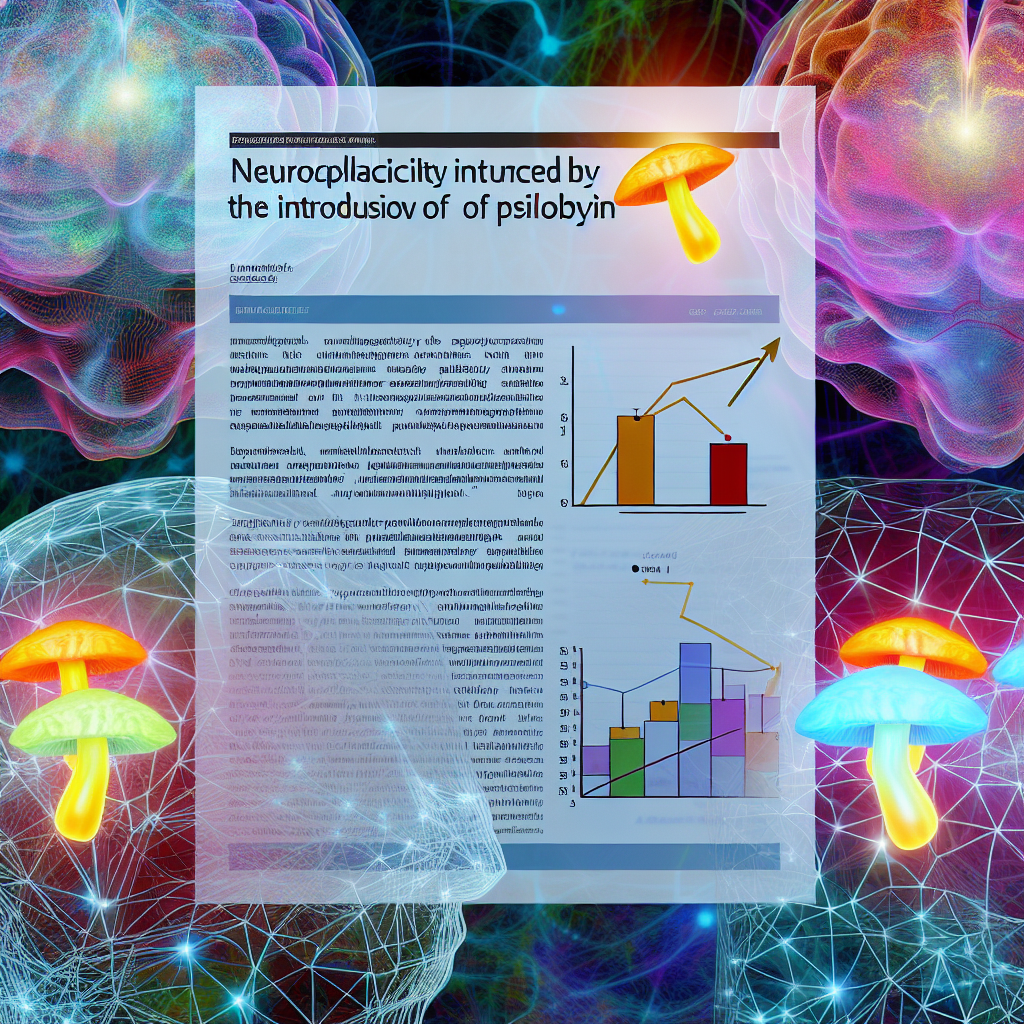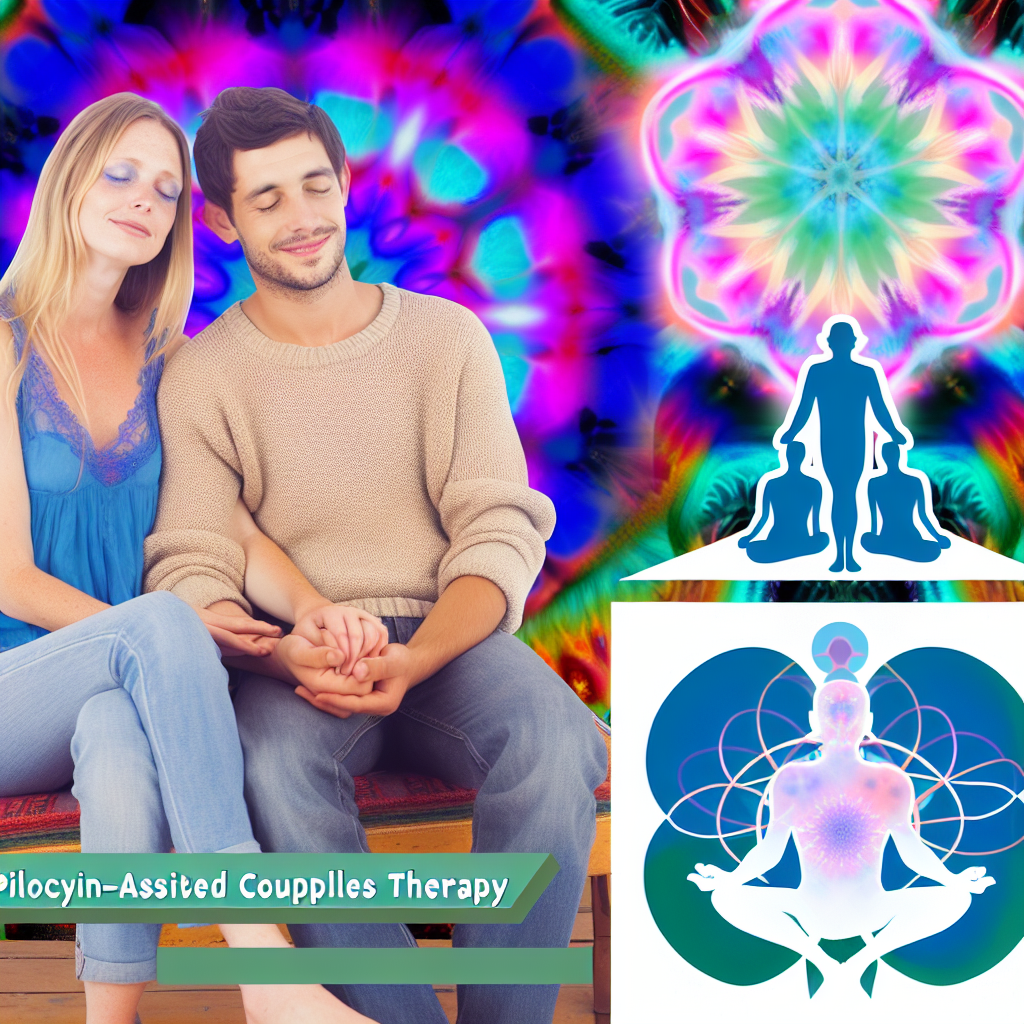Psilocybin Therapy Integration Practices: Post-Session Guidance
Introduction
Psilocybin, the active compound in psychedelic mushrooms, is leading the modern movement in mental health and alternative therapies. Clinical studies increasingly support its use in addressing conditions such as depression, anxiety, PTSD, and addiction. Yet the true power of psilocybin lies not only in the transformative session itself but in the period that follows—this is where integration becomes essential.
Integration refers to the intentional process of absorbing, interpreting, and applying the insights gained during a psychedelic experience to daily life. Without integration, individuals may feel confused, overwhelmed, or find their insights fade without noticeable life improvements. Proper integration ensures the therapeutic benefits of a psilocybin session are grounded and sustained.
Modern psilocybin-assisted therapy follows a structured approach, typically including preparation, the guided session, and post-session integration. While the peak experience may feel enlightening, long-term healing begins in the days and weeks after, when one slowly processes insights, emotions, and symbolic imagery. This work leads to greater self-awareness and behavioral change aligned with one’s renewed perspective.
Many post-session challenges are common. You may feel emotionally uncentered, face difficulty expressing your experience in words, or struggle to apply profound realizations practically. These are not setbacks—they’re signals that you need structured support. Integration strategies like journaling, therapy, mindfulness, and connecting with community can help guide you through this transition.
At ShroomFan.com, our mission is to support your psychedelic healing journey. This guide outlines science-backed and community-approved psilocybin integration practices to help you make the most of your experience—whether it was mystical, emotional, confusing, or life-changing.
Features and Supporting Scientific Research
Over the last decade, research from institutions like Johns Hopkins University and others has emphasized the importance of structured integration following psychedelic therapy.
For instance, a 2020 study in JAMA Psychiatry demonstrated that psilocybin therapy significantly reduced depression symptoms, lasting weeks post-treatment. Yet crucially, these sessions included integration therapy before and after, helping participants process and implement what they experienced.
Similarly, the Johns Hopkins Center for Psychedelic and Consciousness Research emphasizes that their psilocybin therapy model always includes follow-up psychotherapy sessions. Integration helps make sense of emotional, cognitive, and spiritual revelations in a supportive, professional context.
Key Integration Practices
Several effective integration practices are supported by both clinical research and personal reports:
- Somatic Awareness Techniques: Grounding practices such as yoga, deep breathing, and body scans help connect abstract psychedelic experiences to the body. This is especially useful for people who encounter non-verbal or energetic insights during their journey.
- Therapeutic Dialogue: Working with a trained therapist or psychedelic integration coach can help articulate feelings and understand symbolic experiences. Talk therapy can demystify challenging content in a safe space.
- Reflective Practices: Journaling, drawing, poetry, or music can creatively express personal revelations. These forms externalize inner change and provide powerful reminders of insights that may otherwise be forgotten.
- Mindfulness and Meditation: Developing a practice of mindfulness helps stay connected to the clarity and emotional resonance brought forth in a journey. Simple meditation sessions can reduce anxiety and promote mental stability post-session.
Scientific Benefits of Integration
A 2022 study in Frontiers in Psychology observed that participants who experienced emotionally or psychologically challenging psilocybin sessions significantly reduced their distress levels with the aid of post-session integration. Structured debriefing allowed them to reframe and grow from the experience rather than fear or misunderstand it.
Integration in Community and Tech
Integration doesn’t have to be an isolated event. Many choose to join group therapy sessions or integration circles where participants share their insights in a supportive communal space. These circles create a sense of belonging, shared learning, and accountability.
In response to the growing interest in psychedelics, digital platforms like Psychedelic.Support and Fireside Project provide vetted directories of integration counselors, digital journals, and even real-time support services. These resources empower people outside traditional clinical settings to receive safe and informed post-journey guidance.
Conclusion
The healing potential of psilocybin therapy extends long after the peak experience fades. True transformation happens in the quieter moments—when you journal your thoughts, talk to someone who understands, enact positive changes, or reflect mindfully.
By integrating the breakthroughs you experience during a psilocybin session, you anchor these insights into your everyday life. The result isn’t just fleeting euphoria, but real, measurable emotional and psychological growth.
Whether you’re working with a professional, using self-guided techniques, or connecting with a peer group, dedicating time to integration turns a mushroom trip into lasting personal evolution.
References
- Effects of Psilocybin-Assisted Therapy on Major Depressive Disorder – JAMA Psychiatry, 2020
- Johns Hopkins Center for Psychedelic and Consciousness Research
- Integration of Challenging Psychedelic Experiences – Frontiers in Psychology, 2022
- Psychedelic.Support
- Fireside Project
Concise Summary
Psilocybin therapy offers transformative potential, but long-term healing relies on effective post-session integration practices. These include somatic awareness, therapy, journaling, and mindfulness to help individuals process and apply insights gained. Clinical research strongly supports structured integration, demonstrating reduced symptoms of anxiety, depression, and distress. Resources like group integration and digital tools (e.g., Psychedelic.Support) enhance accessibility. Ensuring meaningful integration bridges the gap between a psychedelic journey and real-world change, turning insight into lasting emotional and behavioral growth.

Dominic E. is a passionate filmmaker navigating the exciting intersection of art and science. By day, he delves into the complexities of the human body as a full-time medical writer, meticulously translating intricate medical concepts into accessible and engaging narratives. By night, he explores the boundless realm of cinematic storytelling, crafting narratives that evoke emotion and challenge perspectives. Film Student and Full-time Medical Writer for ContentVendor.com




